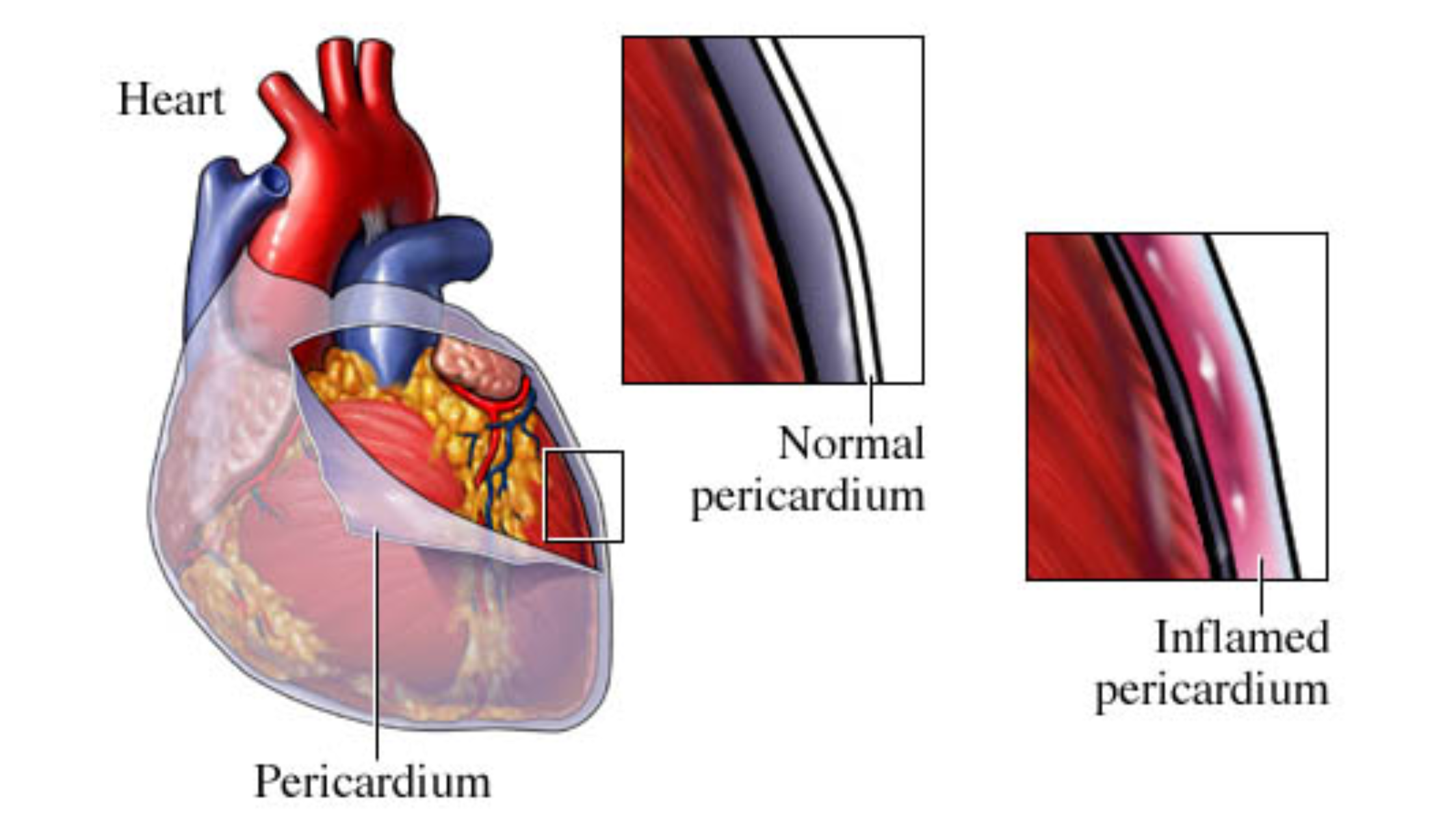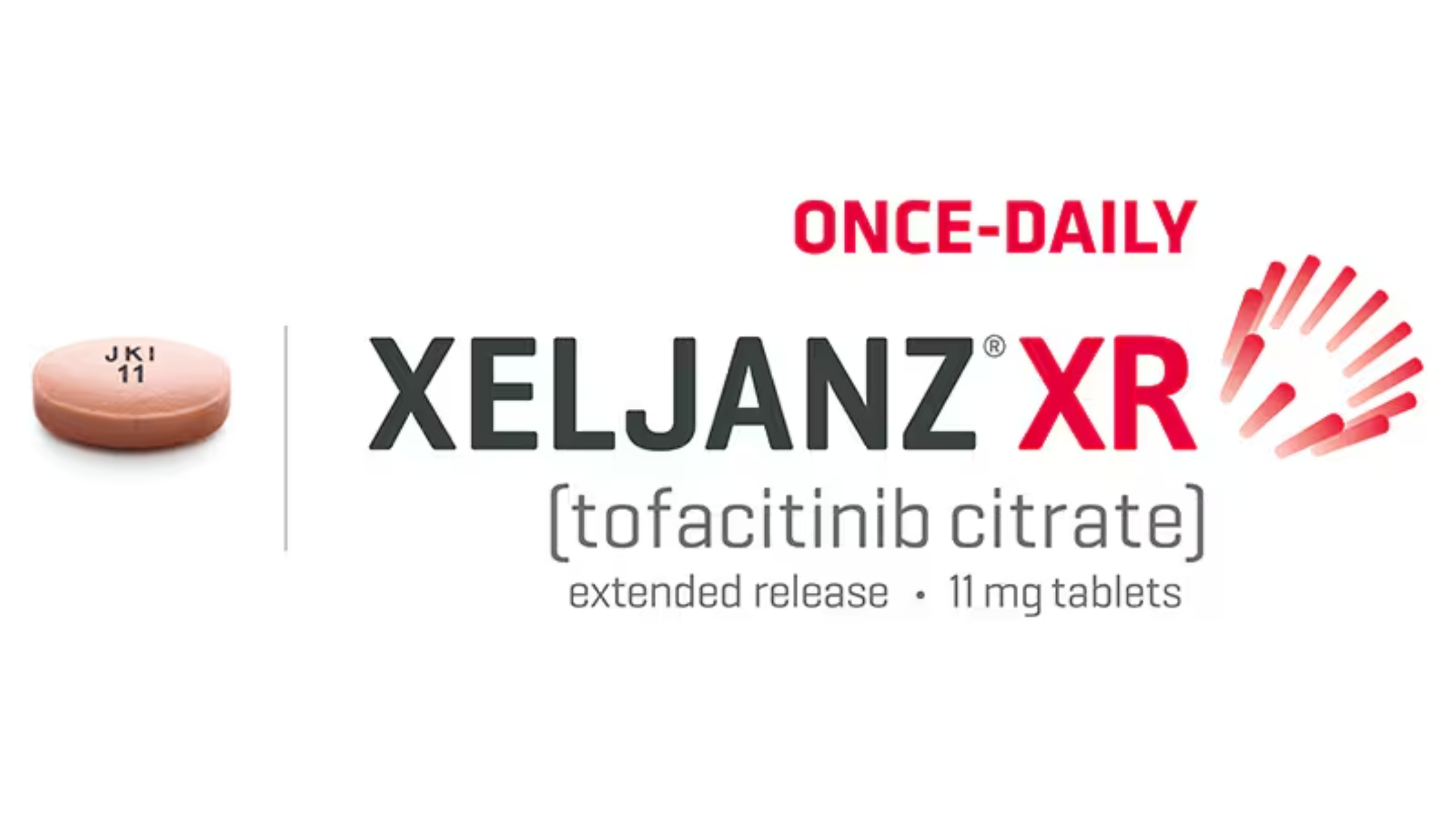How rare is hereditary angioedema type 3? Well, Hereditary angioedema affects about 1 in 50,000 people worldwide, with type 3 making up less than 5% of cases. This subtype of HAE is considered exceptionally rare, affecting mainly women and often misdiagnosed. Let’s delve into the statistics, causes, and clinical diagnosis based on expert-reviewed medical data.
Hereditary angioedema (HAE) is a rare genetic disorder characterized by unpredictable episodes of severe swelling (angioedema) in various parts of the body. While types 1 and 2 of HAE are more commonly recognized and linked to C1 inhibitor (C1-INH) deficiencies, a lesser-known and even rarer form—Hereditary Angioedema Type 3 (HAE-nC1-INH)—has emerged over recent decades. But just how rare is hereditary angioedema type 3?
Backed by peer-reviewed studies and expert opinion, this article explores the rarity, prevalence, genetic mutations, and diagnostic challenges associated with HAE type 3.
What Sets Hereditary Angioedema Type 3(HAE 3) Apart?
Unlike types 1 and 2, which involve quantitative or functional deficiencies of the C1-INH protein, HAE type 3 occurs despite normal levels and function of C1-INH. For this reason, it’s often referred to as HAE with normal C1-INH (HAE-nC1-INH).
This subtype is frequently linked to gain-of-function mutations in the F12 gene, which encodes coagulation factor XII. Other genetic mutations, including those in PLG, ANGPT1, KNG1, MYOF, and HS3ST6, have also been implicated, though these are even rarer.
How Rare is Hereditary Angioedema Type 3? Estimated Prevalence
According to the U.S. Hereditary Angioedema Association (HAEA) and data from Orphanet, the estimated prevalence of all types of hereditary angioedema is approximately 1 in 50,000 individuals globally.
However, HAE type 3 accounts for less than 5% of all hereditary angioedema cases:
- Prevalence estimate for HAE Type 3: ~1 in 1,000,000 people.
- This makes it extremely rare even among rare diseases.
Hereditary Angioedema type 3 is so uncommon that accurate prevalence figures are challenging to establish, primarily due to:
- Diagnostic delays.
- Misclassification as idiopathic angioedema or allergic reactions.
- Lack of routine genetic testing in many healthcare systems.
Gender Disparity
Another aspect of its rarity is that HAE type 3 disproportionately affects women, often triggered or worsened by estrogen exposure—whether through pregnancy, oral contraceptives, or hormone replacement therapy. Men with the condition are exceedingly rare.
A 2006 landmark paper by Bork et al., published in The New England Journal of Medicine, identified multiple families with this condition and revealed a striking female predominance—a pattern confirmed in later studies.
Clinical Challenges Amplify Its Rarity
Due to normal C1-INH levels, patients with HAE type 3 often:
- Go undiagnosed for years.
- They are frequently misdiagnosed with histaminergic angioedema or allergic reactions.
- They are inappropriately treated with antihistamines or corticosteroids, which typically do not affect their symptoms.
This leads to underreporting and underdiagnosis, further complicating efforts to quantify its true prevalence.
Why Diagnosis of Hereditary Angioedema Type 3 is Tricky
Diagnosing HAE type 3 involves:
- Clinical history of recurrent angioedema without urticaria.
- Normal C1-INH antigen and function tests.
- Exclusion of other causes (e.g., ACE inhibitor-induced angioedema).
- Genetic testing, especially for F12 mutations, when available.
However, genetic mutations are only found in about 30% of patients suspected to have HAE type 3, meaning 70% remain idiopathic within the subtype. This contributes significantly to its underrecognition.
Case Series and Registries: Verifying the Numbers
- A 2010 review in the Journal of Allergy and Clinical Immunology (JACI) estimated HAE-nC1-INH cases as <200 globally at the time, underscoring its rarity.
- According to the HAE Global Registry (2024 update), fewer than 5% of the 8,000+ registered HAE patients have confirmed or suspected HAE type 3.
- A 2023 study in Frontiers in Allergy concluded that “diagnosis remains a challenge due to non-specific symptoms and lack of confirmatory biomarkers,” further obscuring prevalence data.
Why Hereditary Angioedema Type 3 Rarity Matters
The extreme rarity of HAE type 3 creates serious barriers to:
- Timely diagnosis.
- Appropriate treatment.
- Clinical trial inclusion.
- Public awareness and funding.
Moreover, because Hereditary Angioedema Type 3 is not linked to a deficiency in a measurable biomarker like C1-INH, patients often suffer diagnostic uncertainty, potentially enduring years without effective treatment.
Treatment and Management
While rare, effective therapies do exist:
- Berotralstat (Orladeyo) and lanadelumab (Takhzyro) have been used off-label for HAE type 3 with promising results.
- C1-INH concentrates, icatibant (Firazyr), and ecallantide (Kalbitor) have shown variable efficacy.
- Avoiding estrogen-containing medications is often crucial in female patients.
Management is best handled by specialists in immunology or allergy medicine, ideally at HAE-focused centers.
HAE Type 3 is Exceptionally Rare and Clinically Elusive
So, how rare is hereditary angioedema type 3?
- Exceptionally rare, affecting fewer than 1 in 1,000,000 people.
- Likely underdiagnosed, especially in countries lacking access to specialized care and genetic testing.
- Predominantly affects women, often estrogen-sensitive.
- Requires a high index of clinical suspicion and access to advanced diagnostics for confirmation.
Clinicians must be aware of this elusive form of HAE to reduce diagnostic delays and provide appropriate care. Its rarity should not diminish the importance of accurate diagnosis, as untreated HAE of any type can be life-threatening, particularly when it affects the airway.
Sources:
- Bork K, et al. Hereditary Angioedema with Normal C1 Inhibitor. New England Journal of Medicine. 2006.
- Zuraw BL, et al. Diagnosis and Management of Hereditary Angioedema: An American Approach. JACI. 2020.
- HAEi Global Registry. 2024 Update.
- Orphanet Database: Hereditary angioedema due to normal C1 inhibitor levels.
- Betschel SD, et al. HAE with normal C1 inhibitor – a consensus on diagnosis and treatment. Allergy Asthma Clin Immunol. 2019.
Need Expert Help?
If you suspect HAE type 3, seek care from a specialized immunologist or reach out to your regional HAE center. Early diagnosis saves lives—and quality of life.
Discover Angioedema type 3 symptoms and Angioedema type 2.




